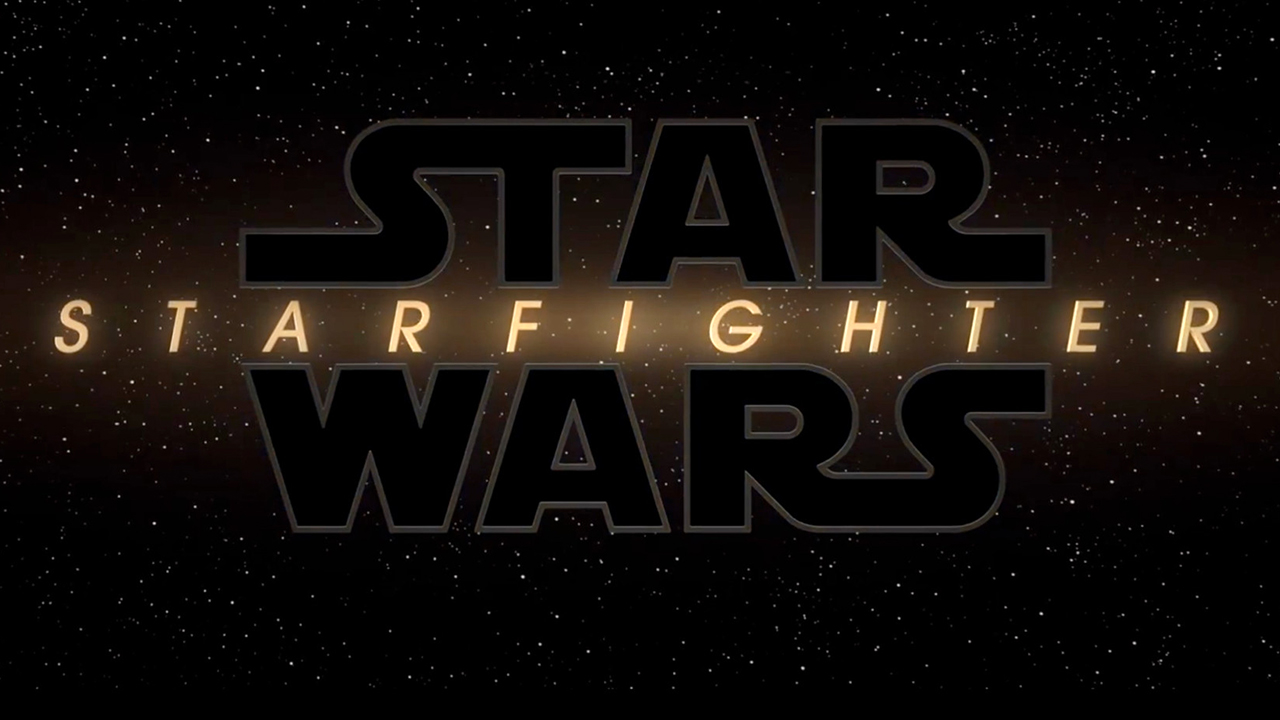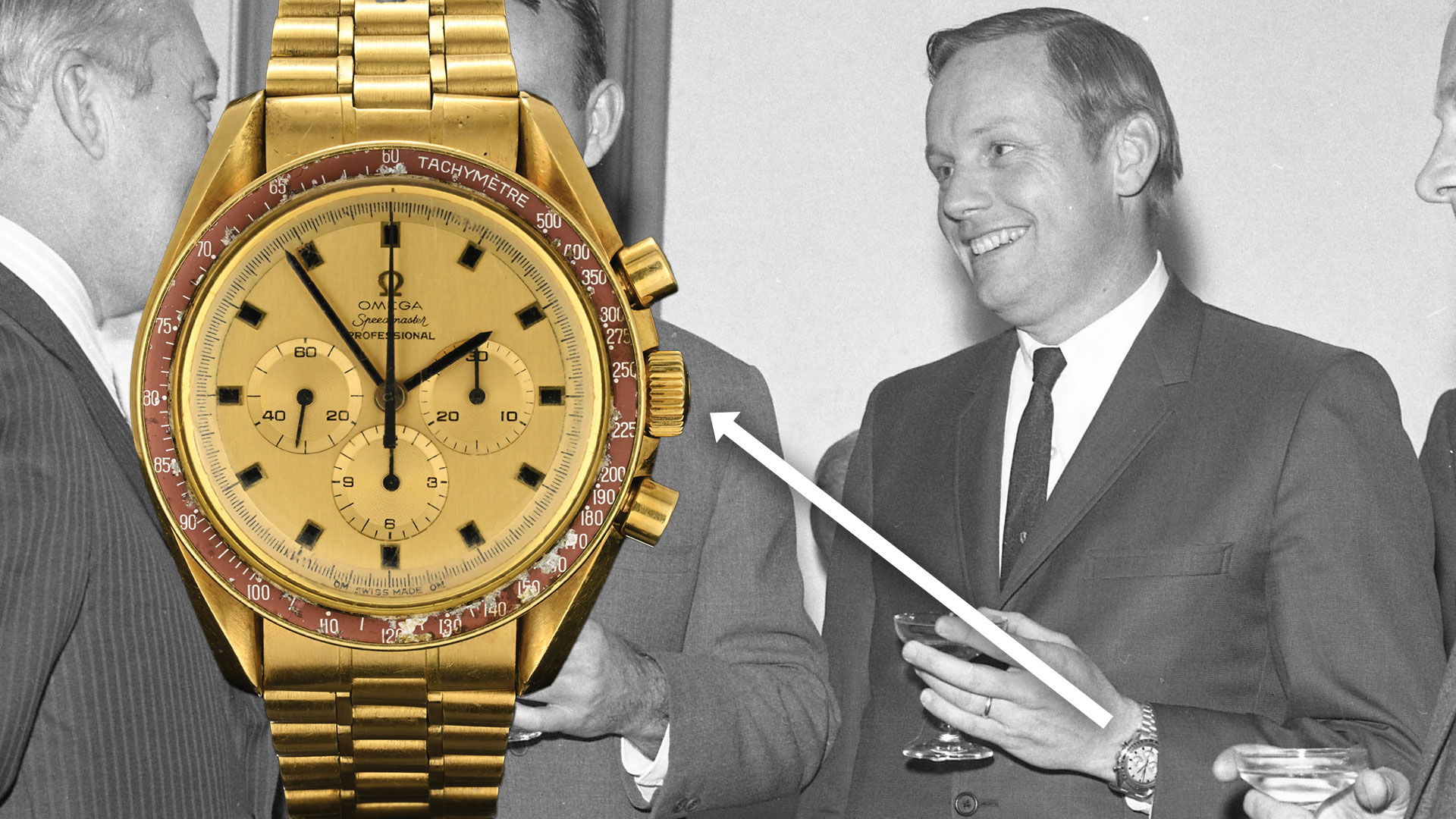To space and back: Blue Origin's NS-21 crew wants to go again (and again)
What's better than one flight into space? Two (or more).

Less than two hours after they landed from space, the six members of Blue Origin's fifth crewed mission were all sure of at least one thing: one flight into space was not enough.
Or, in the case of one of them, two spaceflights was just the beginning.
"Does everyone want to go back?" asked Kevin Sprogue, Blue Origin's CrewMember 7, who served as the NS-21 passengers' guide throughout two days of training to launch on the New Shepard rocket Saturday (June 4).
Related: Blue Origin's NS-21 space tourist mission explained
"Yes!" all six newly qualified astronauts replied in unison.
Katya Echazarreta, Hamish Harding, Victor Correa Hespanha, Jaison Robinson, and Victor Vescovo became Blue Origin's 21st through 25th passengers to fly on New Shepard since the company began launching people in 2021. The five are now the 623rd to 627th people to fly above the U.S.-recognized altitude boundary of 50 miles (80 kilometers) separating Earth from space.
The sixth NS-21 crew member, Evan Dick, was number 609, because he had previously flown on Blue Origin's 19th mission (NS-19) last year.
Get the Space.com Newsletter
Breaking space news, the latest updates on rocket launches, skywatching events and more!
"Once you see it for yourself, you want to go again, you want to go for longer, you want to experience it," said Dick, an investor, during a post-flight press conference on Saturday. "It was an obvious thing [to go again]. It was just a matter of whether it was going to possible, and I thank Blue Origin for making it possible."
The view from above
Another thing all six space tourists agreed upon was how spectacular the view was from 66.5 miles (107 km), which was the highest point they reached during the 10-minute suborbital flight.
"I can assure you that nobody can truly imagine it until they experience it," said Echazarreta, whose seat aboard New Shepard was the first to be sponsored by Space for Humanity's Civilian Astronaut Program. "Even now, just thinking back kind of makes my eyes teary."
"As soon as I looked at our planet, I had just a single tear running down my face and I didn't even notice. I felt the wetness on my face and I touched it and I realized what was happening," she said, responding to a question from Space.com. "It was just realizing how connected we really are to our planet and how important it is for us to take care of what we have here."
Harding, who previously broke the round-the-world record for an aircraft flying over the North and South poles and who dove to the lowest point on Earth, Challenger Deep, with fellow NS-21 crewmate Vescovo, agreed with Echazarreta, who is now the first Mexican-born woman to fly into space.
"The Earth was what I was waiting to see, and it was as spectacular as I had been told it would be," he said. "Looking down on Earth, we should all work a lot better together. That was the 'overview effect' that I've heard about, and there is so much wasted effort on this planet not working together. The world [could] move forward so much faster and more productively if we all did."
"The view was unbelievable," said Vescovo, who was the first person to repeatedly dive to Challenger Deep in a submersible of his own design. "To see the complete curvature of the Earth and seeing the thin skin of the atmosphere of this beautiful, blue and brown planet that we have and then just the blackness of space in the brilliant sun — to have that right in front of you and seeing it was truly a transformational experience."
Related: The top 10 views of Earth from space (photos)
A unique experience
"I have had the privilege of going to the bottom of the five oceans, and it's a much different experience," Vescovo said. "It's much more peaceful and serene, and in a way just dark and mysterious. But going into space, you can see the entire expanse of the Earth and all the people below us. It was just extraordinary to see the two halves of the coin of our existence."
Robinson, who in 2009 competed on the television reality show "Survivor," also thought that the launch was amazing.
"I think the only thing that I would say was better than this was the birth of my first child," said Robinson. "It's almost like being in a dream. It's just truly wonderful."
For Correa Hespanha, who is now the second Brazilian into fly in space after winning his seat by purchasing an NFT (non-fungible token), the whole flight was surreal.
"I feel like I'm leaving my body," he said. "I'm very happy. It is maybe the happiest, happiest day of my life."
Follow us on Twitter @Spacedotcom or on Facebook.
Join our Space Forums to keep talking space on the latest missions, night sky and more! And if you have a news tip, correction or comment, let us know at: community@space.com.

Robert Pearlman is a space historian, journalist and the founder and editor of collectSPACE.com, a daily news publication and community devoted to space history with a particular focus on how and where space exploration intersects with pop culture. Pearlman is also a contributing writer for Space.com and co-author of "Space Stations: The Art, Science, and Reality of Working in Space” published by Smithsonian Books in 2018.In 2009, he was inducted into the U.S. Space Camp Hall of Fame in Huntsville, Alabama. In 2021, he was honored by the American Astronautical Society with the Ordway Award for Sustained Excellence in Spaceflight History. In 2023, the National Space Club Florida Committee recognized Pearlman with the Kolcum News and Communications Award for excellence in telling the space story along the Space Coast and throughout the world.









